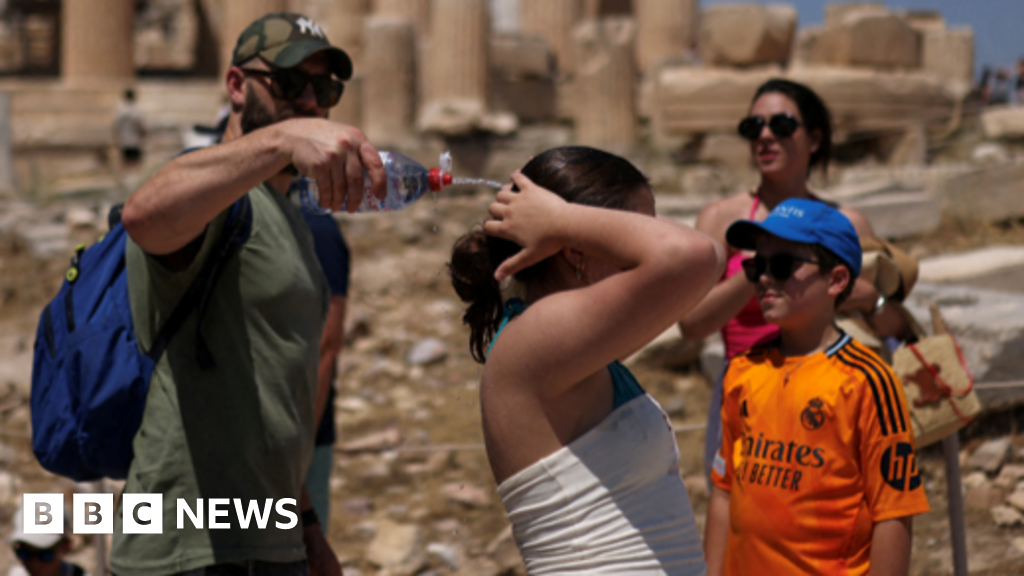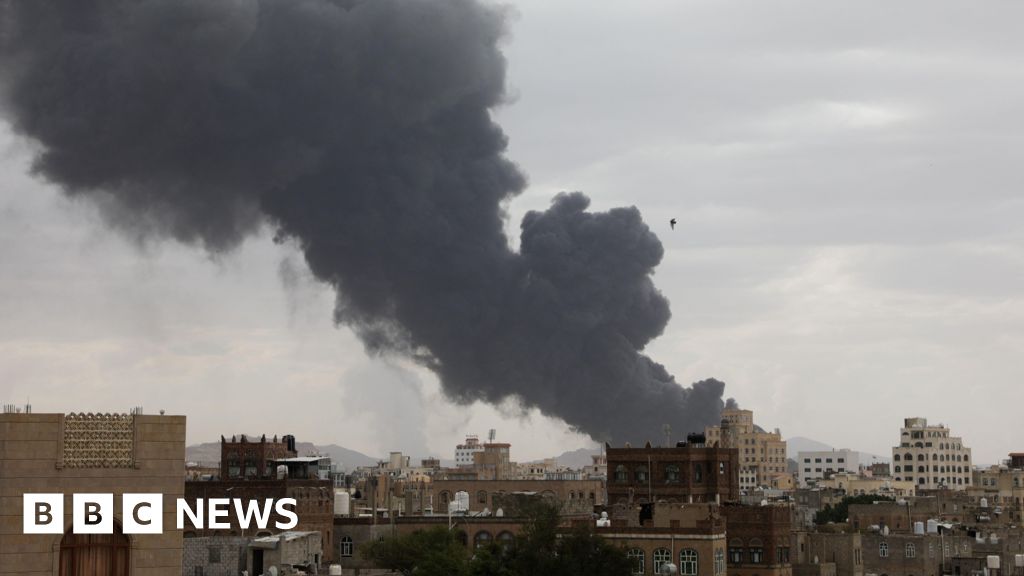Level 1, labeled Exercise Normal Precautions, means the destination is generally considered safe. Travelers should still be careful, just as they would at home, because there’s always some risk when traveling abroad.
As of May, countries such as Canada, Grenada, Zambia and Fiji were in this group.
Level 2, Exercise Increased Caution, considers the country to have some safety risks, but it’s still usually safe to visit if you stay alert and follow local advice. Level 2 warnings often arise from concerns about crime, terrorism, protests or illness.
For example, the Netherlands is under a Level 2 advisory because, reads the advisory, “[t]errorists continue plotting possible attacks in the Netherlands.” Dutch officials in December 2024 maintained their own terrorist threat assessment level at 4 out of 5, the same level it had been at for a year, because of factors like the war in Gaza, incidents involving the burning of the Quran, and jihadist network activity.
Most countries on the U.S. travel advisory list fall under Level 1.
Level 3, Reconsider Travel, is used when serious safety concerns like civil unrest, high crime or poor infrastructure are present.
For example, Colombia is in this category because some areas of the country are experiencing high rates of crime, terrorism, conflict between armed groups, and the risk of detention by authorities or other parties. The U.S. embassy in Colombia issued an alert on April 28 encouraging Americans to reconsider travel to Valle del Cauca, a coastal area, because of violent crime.
Source link


















